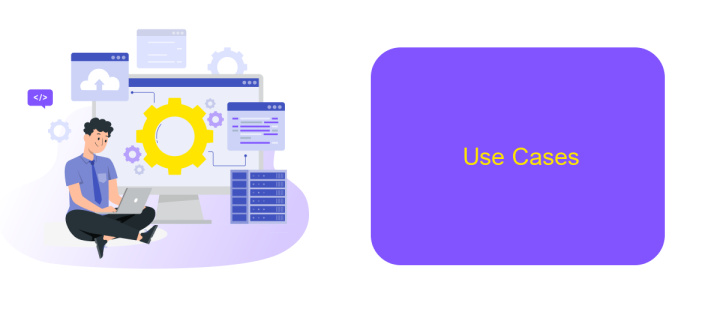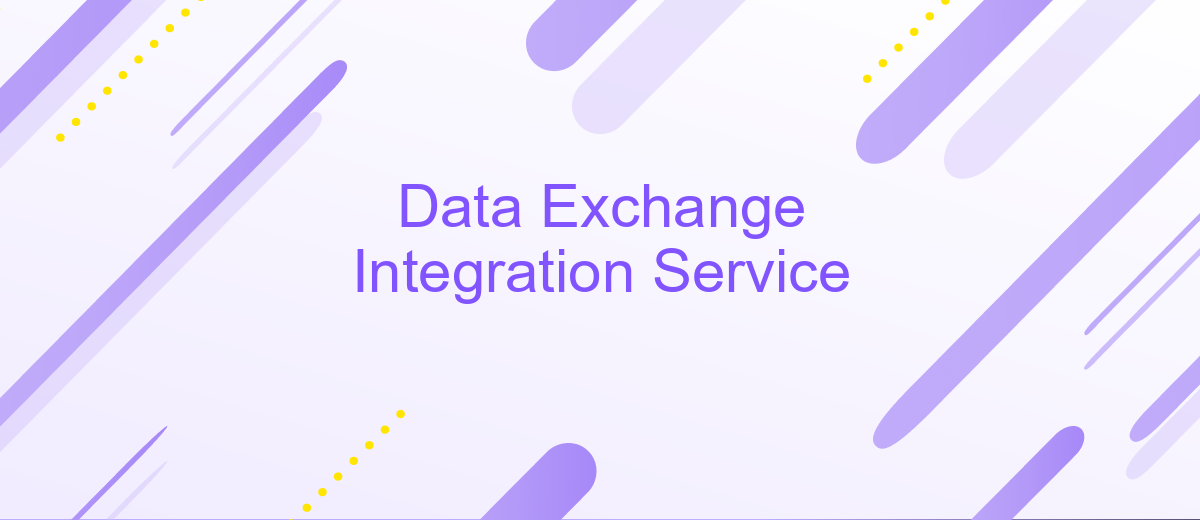Data Exchange Integration Service
In today's fast-paced digital landscape, the seamless integration of data exchange services is crucial for businesses striving to maintain efficiency and competitiveness. Data Exchange Integration Services provide a robust framework for the secure and efficient transfer of information between disparate systems, ensuring real-time data availability and operational synergy. This article explores the key benefits, challenges, and best practices associated with implementing these essential services.
Introduction
Data exchange integration services are essential for modern businesses to streamline their operations and enhance data accessibility. These services enable seamless data flow between different systems, applications, and platforms, ensuring that information is consistently up-to-date and accurate. By automating data transfers, companies can reduce manual intervention, minimize errors, and improve overall efficiency.
- Automated data synchronization
- Real-time data updates
- Enhanced data accuracy
- Reduced manual workload
- Improved operational efficiency
One such powerful tool is ApiX-Drive, which simplifies the process of integrating various applications and services. With ApiX-Drive, businesses can easily set up automated workflows, ensuring that data is exchanged smoothly and reliably between different systems. This not only saves time but also helps in maintaining data integrity across all platforms. By leveraging data exchange integration services like ApiX-Drive, organizations can focus on their core activities while ensuring that their data management processes are efficient and effective.
Architecture

The architecture of the Data Exchange Integration Service is designed to ensure seamless and efficient data transfer between disparate systems. It employs a modular approach, where each module is responsible for a specific task such as data extraction, transformation, and loading (ETL). This modularity allows for easy scalability and maintenance. The service uses a centralized integration hub that acts as the core mediator, handling all communication and data flow between different endpoints. This hub is equipped with advanced error-handling and logging mechanisms to ensure data integrity and reliability.
To facilitate the setup and management of integrations, the service leverages tools like ApiX-Drive. ApiX-Drive provides a user-friendly interface for configuring data connections, mapping fields, and scheduling data transfers. Its extensive library of pre-built connectors allows for quick integration with a wide range of applications and platforms. By incorporating ApiX-Drive, the service not only simplifies the integration process but also enhances flexibility and adaptability, enabling businesses to respond swiftly to changing data requirements.
Benefits

Integrating data exchange services can significantly enhance business operations by streamlining data flow and improving efficiency. By automating data transfer between various systems, companies can save time, reduce errors, and ensure data consistency across platforms.
- Efficiency: Automated data exchange reduces the need for manual data entry, allowing employees to focus on more strategic tasks.
- Accuracy: Minimizing human intervention decreases the likelihood of errors, ensuring data integrity.
- Real-time Updates: Data is updated in real-time across all integrated systems, providing up-to-date information for decision-making.
- Cost Savings: Automation reduces labor costs associated with manual data management and improves overall operational efficiency.
- Scalability: Services like ApiX-Drive allow businesses to easily scale their data integration processes as they grow, without significant additional investment.
By leveraging tools such as ApiX-Drive, organizations can seamlessly connect their various software applications, ensuring smooth and reliable data exchange. This not only enhances productivity but also provides a solid foundation for data-driven decision-making.
Use Cases

Data Exchange Integration Service offers a seamless way to connect various systems and automate data workflows. Businesses can leverage this service to streamline operations, reduce manual data entry, and improve data accuracy.
One of the primary use cases is integrating CRM systems with marketing automation tools. By syncing customer data between these platforms, companies can create more targeted marketing campaigns and improve customer engagement.
- Synchronizing CRM and marketing automation tools
- Automating data transfer between e-commerce platforms and inventory management systems
- Integrating accounting software with sales platforms for real-time financial reporting
- Connecting HR systems with payroll services to streamline employee management
Using a service like ApiX-Drive, businesses can easily set up these integrations without extensive technical knowledge. ApiX-Drive provides a user-friendly interface and supports a wide range of applications, making it an ideal solution for automating data workflows and enhancing operational efficiency.
Conclusion
In conclusion, the implementation of a Data Exchange Integration Service is pivotal for modern enterprises aiming to streamline their data workflows and enhance operational efficiency. By automating data transfers between disparate systems, organizations can significantly reduce manual intervention, minimize errors, and ensure real-time data availability. This not only optimizes business processes but also provides a competitive edge in today's fast-paced market environment.
Services like ApiX-Drive play a crucial role in simplifying the integration process, offering user-friendly interfaces and robust functionalities that cater to various business needs. With the ability to connect multiple platforms seamlessly, ApiX-Drive enables organizations to create customized data flows without extensive technical expertise. This democratization of data integration empowers businesses to focus on strategic initiatives, driving growth and innovation. Ultimately, leveraging such integration services can transform how companies manage and utilize their data, fostering a more agile and responsive organizational framework.
FAQ
What is a Data Exchange Integration Service?
How does a Data Exchange Integration Service work?
What are the benefits of using a Data Exchange Integration Service?
Can I integrate multiple systems with a Data Exchange Integration Service?
Is it difficult to set up a Data Exchange Integration Service?
Strive to take your business to the next level, achieve your goals faster and more efficiently? Apix-Drive is your reliable assistant for these tasks. An online service and application connector will help you automate key business processes and get rid of the routine. You and your employees will free up time for important core tasks. Try Apix-Drive features for free to see the effectiveness of the online connector for yourself.

